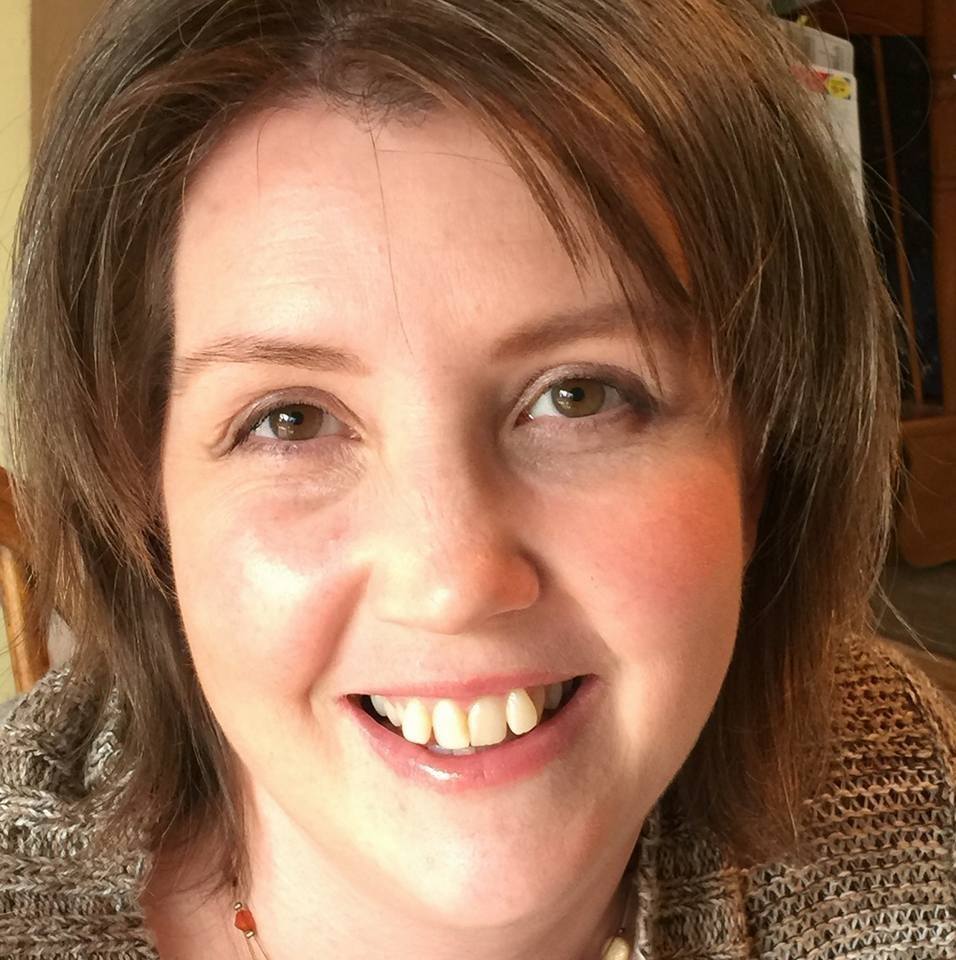Linda Murray: I Love Being a Trainer
 I love being a trainer. I train teachers and administrators in high quality practices for early childhood classrooms based on highly researched assessment tools. Observing and using assessment tools in classrooms is an honor, but to have teachers take extra time out of their day to come to training, in pursuit of enhancing the quality of education in their classroom, is a thrill.
I love being a trainer. I train teachers and administrators in high quality practices for early childhood classrooms based on highly researched assessment tools. Observing and using assessment tools in classrooms is an honor, but to have teachers take extra time out of their day to come to training, in pursuit of enhancing the quality of education in their classroom, is a thrill.
Within Children’s Institute I have the opportunity to train both new and experienced teachers as well as administrators. I train locally and throughout New York State. There is a common thread. Everyone I meet who works to educate young children cares about what they do. They honestly believe that their role is important, and I consider it my job to support them in that effort.
Training comes with its challenges. Some teachers and administrators are more resistant to the material they receive. It can be hard to change techniques and strategies that someone has depended upon and used for years. Using research-based tools makes it easier to present material that makes sense to teachers.
One of my favorite parts of training is when you spot the person who clearly does not believe that this workshop will make a difference in what they do. Often that resistant person has tough questions. Those questions are my opportunity to address their concerns. We talk about what is in, or not in, their control.
For instance, a Prekindergarten (Pre-K) teacher or administrator can often be frustrated with safety requirements when their site only has access to a school-age playground or public park, as often happens in Pre-K rooms set in elementary schools or early childhood programs in New York City. These teachers/administrators are frustrated that they may receive low scores in areas of safety due to these circumstances that reflect poor practice. Those are valid feelings and concerns.
Their outdoor space may not be ideal, but it is also not in their control. Pointing out what is out of their control is one way to help them let go of what may not change. However, an assessment tool can provide great evidence to the powers-that-be of a need for that change.
I often tell a story of one school that did not have an appropriate and safe playground for their Pre-K students. Many Pre-K teachers, located in this elementary school, were frustrated with low scores in safety and gross motor equipment for a number of years.
They took those assessments as evidence and brought them to administrators who had the power to make change. They presented an idea to put an early childhood playground in an unused courtyard within the elementary school, protected and safe. It took a number of years, but those Pre-K teachers did end up getting an appropriate and safe outdoor space for their students. The assessment tool was used in the process to make that change.
In telling that story during training I often see hope flood into the eyes of participants. Sometimes this can begin to change their perspective about what they can do to support change in their own environments. And then we talk about what IS in their control.
Teachers find it easy to agree that supervision, interactions with children, individualized teaching practices, and their discipline techniques for example, are all in their control. It is empowering for them to realize how much of their time and engagement with students is theirs to decide and already does reflect high quality practices. Often, the burden of getting a high score or meeting expectation is lightened with this realization. That allows the teacher/administrator to breathe a little easier and digest the new information being presented. At the end of the day, they were able to learn.
It is exciting to hear participants say that they were not sure what they would get, or that they were dreading the workshop before they came, but that they are now leaving with useful information that they can immediately take back to their classroom. It is exciting to be part of a process that presents educators with new and useful information. It is exciting to be part of the training team at Children’s Institute.